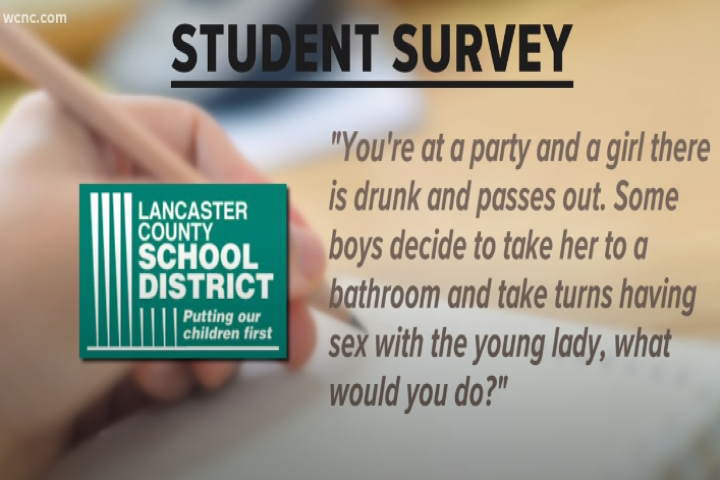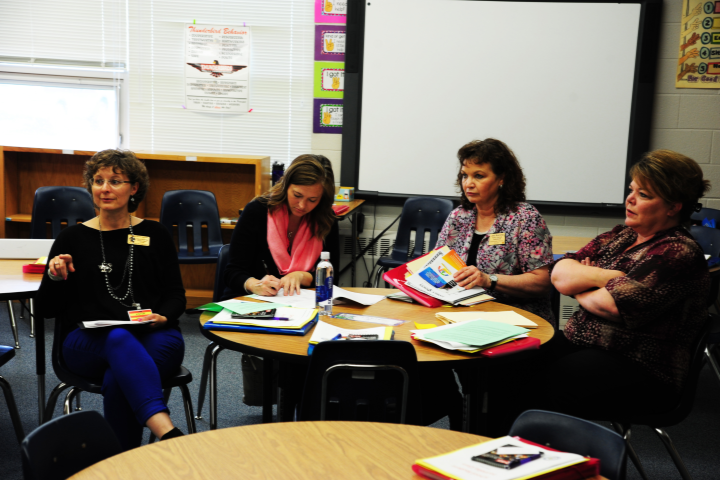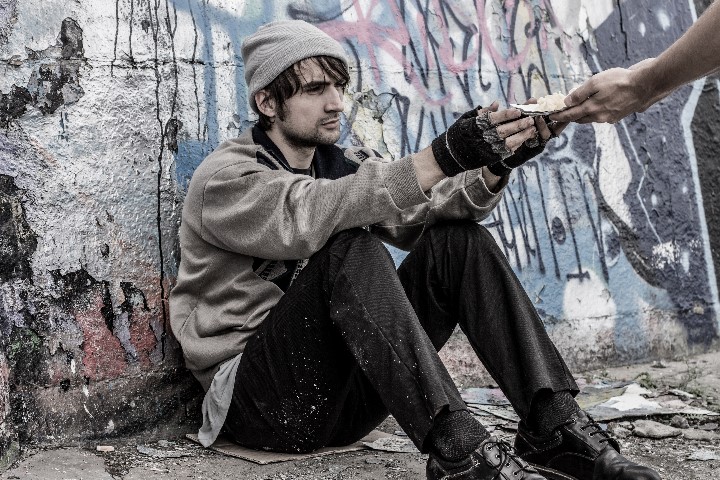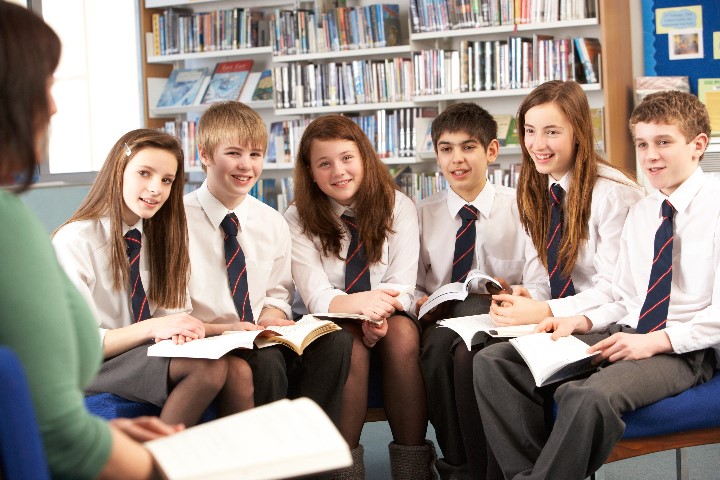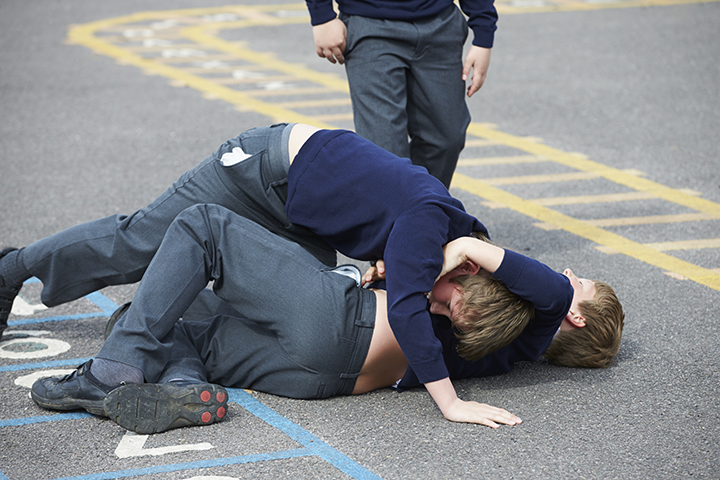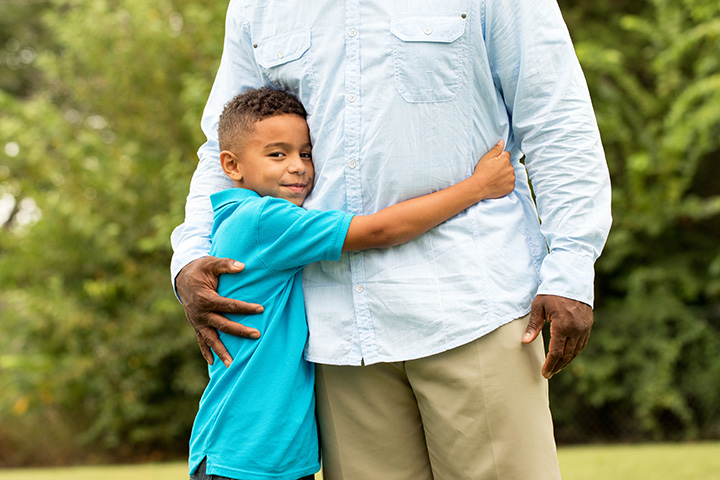A growing body of research shows that teaching children true gratitude can have beneficial health effects, while also leading to stronger relationships with others.
While parents have long pressed their children to say “thank you” as a sign of good manners, researchers contend that when kids show gratitude and actually mean it, the practice can lower stress, battle depression, improve impulse control, and lead to a more optimistic and positive outlook, Business Insider reports.
“Research by Sara Algoe, Ph.D., of the University of North Carolina, explains one of the most significant keys to well-being is being able to acquire and maintain relationships. Gratitude is the glue that can bring people together as well as creating happiness from the inside out,” according to the news site.
“In her study, she calls it, ‘Find, Remind and Bind,’ citing the process of being sincere in thanks, and then getting a positive response in return, creates a stronger relationship bond with lasting side effects.”
Other research shows the benefits are both physical and mental, and include reduced depression, better impulse control for things like spending, eating, and drinking; a more optimistic and positive outlook; a stronger immune system; lower levels of the stress hormone cortisol; and lower blood pressure.
“. . . Researchers at the SWPS University of Social Sciences and Humanities conducted a study focused solely on gratitude interventions in treating depression and found that practices such as keeping a gratitude journal, writing a letter of gratitude, counting blessings and gratitude visits all had a powerful effect, with journals being the most effective,” Business Insider reports.
The benefits of gratitude, however, rely on sincerity.
Researchers with UNC, Duke, and NC State pointed out that children as young as six years old know the difference between genuine gratitude, and simply saying “thank you.”
“Many of the children we talked to had a lovely phrase for telling the difference between the two,” the North Carolina psychologists wrote. “They’d say: ‘She said thank you, but she didn’t mean it.’ So even at that age they are getting it—but they lack the perspective, the experience of it.”
Business Insider offered several ways parents can help youngsters develop the habit of sincere gratitude to propel them toward a happy and healthy life.
The news site suggests parents and other adults model the behavior they want kids to display, with a focus on presenting an example of sincere gratitude. Adults can also talk with children about the concept of gratitude, and explain how developing the skill within themselves can positively impact health and happiness.
Children can also develop true gratitude when the adults in their lives encourage volunteer work or other activities that illustrate why they should be grateful, such as working in a soup kitchen or helping needy families.
The research outlined by Business Insider affirms the benefits of gratitude cited by Robert H. Frank in The Hedgehog Review, a publication of the Institute of Advanced Studies in Culture at the University of Virginia.
Frank notes there is a “large body of research by academic psychologists who have studied how the emotion of gratitude affects people’s behavior.
“The general finding is that gratitude makes people not only happier and healthier but also more generous toward others,” he wrote in “Just Desserts: Why We Tend to Exaggerate Merit—and Pay for Doing So.”
Frank also pointed to evidence that people who believe gratitude is not entirely their own making are often more grateful, and more likely to show their appreciation.
“Subjects who’d been asked to recall a good event and come up with external causes—many of whom mentioned luck explicitly, or cited factors like supportive spouses, thoughtful teachers, and financial aid—gave more than 25 percent larger donations than those who’d been asked to offer internal causes to explain the good event,” Frank wrote.


